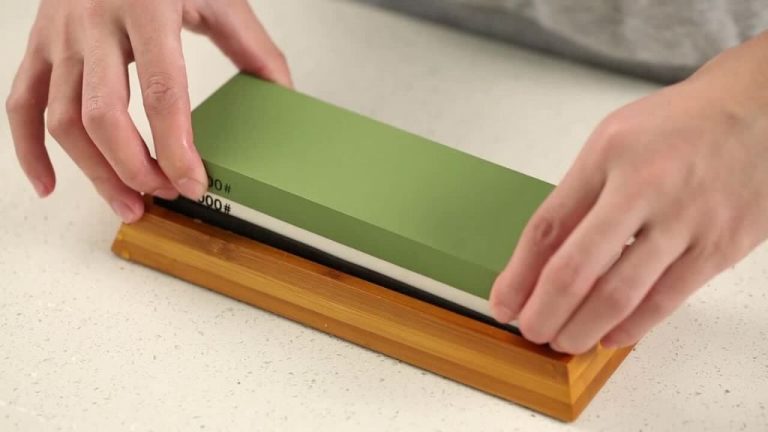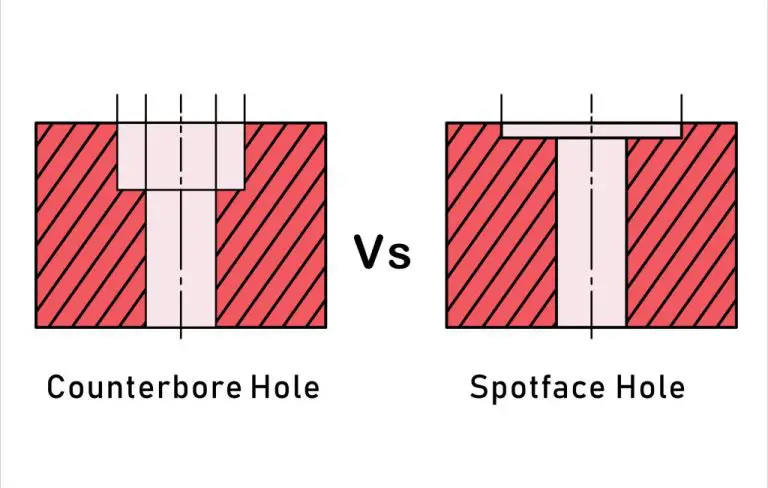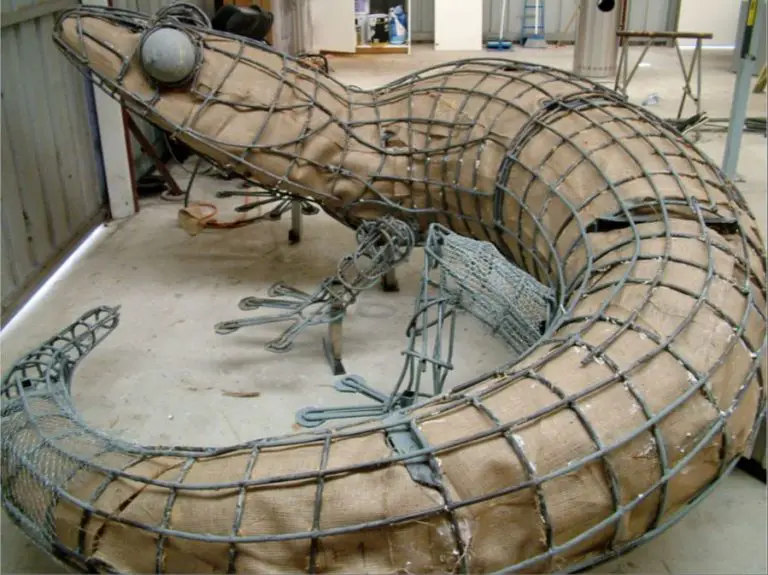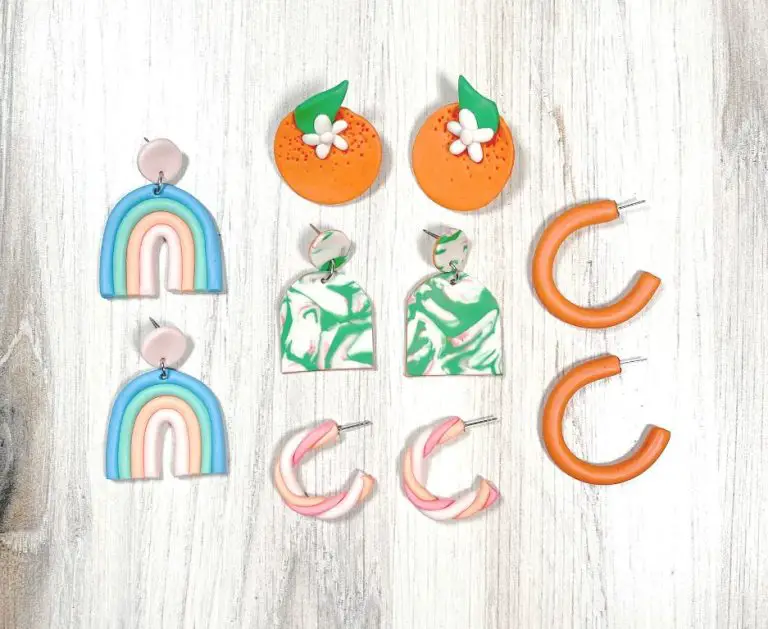What Is The Best Alternative To A Chalkboard?
Chalkboards, also known as blackboards, have been a staple in traditional classrooms for generations. They typically consist of a large dark surface made of slate that allows users to write on them with sticks of calcium sulfate or chalk. Teachers have utilized chalkboards for presenting lessons visually, working through problems, engaging students to come up to solve equations, allowing collaboration and brainstorming, and more.
In recent years, many schools have shifted away from chalkboards due to concerns about chalk dust, difficulties cleaning them, and limited functionality compared to new technology options. Modern classrooms now utilize a range of alternatives in place of traditional chalkboards such as whiteboards, smart boards, LCD projectors with whiteboards, TV monitors, chalkboard paint, glass boards, and more.
This article will provide an in-depth comparison of the top options available today as alternatives to chalkboards in classroom settings.
Whiteboards
Whiteboards are flat, glossy boards used for nonpermanent writing with dry erase markers. They provide an alternative to chalkboards and have a number of advantages and disadvantages compared with traditional chalkboards.
Some key pros of using whiteboards versus chalkboards include:
- Whiteboards allow for the use of a wider variety of colored markers, allowing more flexibility and visual interest compared to chalkboards.
- Writing on whiteboards is often easier to read than chalkboards since chalk can become dusty and fade over time.
- Whiteboards are easier to clean than chalkboards – just a quick wipe with a dry erase cleaner removes all markings.
- Whiteboards don’t have problems with chalk dust that some find bothersome with chalkboards.
However, whiteboards also have some potential drawbacks:
- Dry erase markers can permanently stain whiteboards if left on too long, while chalk markings completely wipe away.
- Whiteboard surfaces are susceptible to scratching and damage over time.
- Whiteboards are generally more expensive upfront than chalkboards.
In terms of costs, whiteboards range from around $50 for small personal boards up to several hundred dollars for large classroom-sized boards. Installation costs may also apply for permanently mounted boards.
Smart Boards
Smart boards, also known as interactive whiteboards, are touch-sensitive whiteboards that allow users to control computer applications and write or draw directly on the surface using a special stylus or finger (https://eodev.com/gorev/27292412). They are connected to a computer and projector to display content and integrate seamlessly with commonly used programs and web browsers.
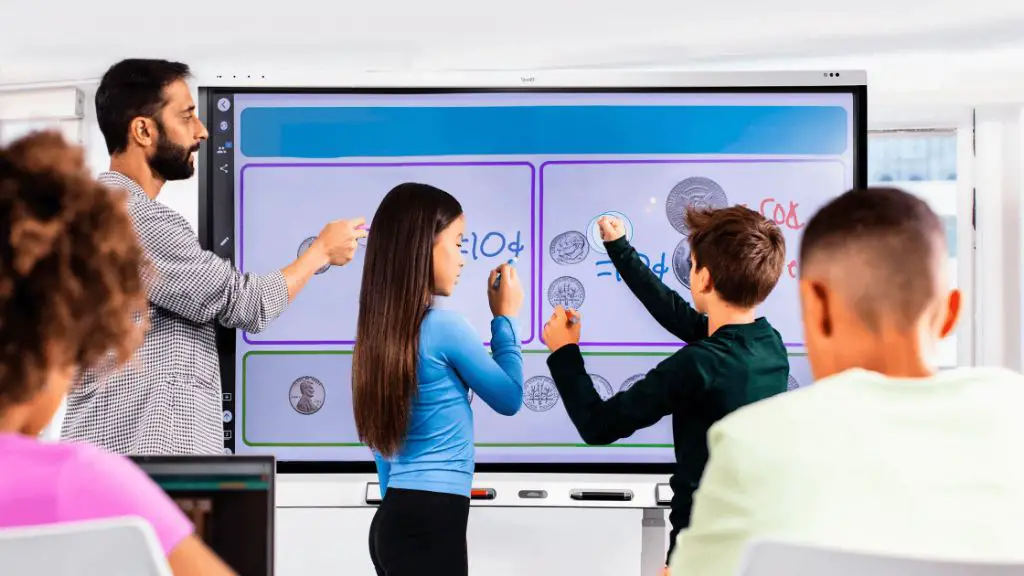
Some pros of smart boards are that they allow for dynamic and interactive presentations, encourage collaboration and participation, integrate web and video content, and can save work electronically for distribution. Teachers find them especially useful for delivering multimedia lessons and encouraging student engagement.
However, some downsides are the initial cost, which can be $1000-$5000, the need for training and adaption for effective use, potential technical issues, and the fact they may not be suitable for all teaching styles and subjects.
Overall, smart boards enhance interactivity and collaboration in classrooms and meetings if implemented properly. But the high costs mean they may not be the best choice for every environment.
LCD Projectors
LCD projectors use a small LCD panel to project images onto a screen. They are an increasingly popular alternative to traditional chalkboards in classrooms. Some key advantages of using LCD projectors over chalkboards include:
LCD projectors allow teachers to display multimedia content like videos, animations, and presentations to enhance lessons. This facilitates more interactive and engaging learning experiences (Source).
Projectors save time and effort over writing on chalkboards. Teachers can prepare materials in advance and don’t have to manually write out information in class. This gives them more time to interact with students (Source).
Multiple students can view a projector screen at once, whereas chalkboards have limited visibility. Projectors enable flexible seating arrangements and collaboration (Source).
However, projectors do have some limitations. They may be cost prohibitive, with prices ranging from $200 to over $1000. Extra costs like installation, screens, and bulbs can add up over time (Source). Projectors also require dim lighting, which some find distracting. Overall though, LCD projectors provide a versatile high-tech alternative to traditional chalkboards.
TV Monitors
TV monitors are becoming a popular alternative to traditional chalkboards in classrooms. They offer some advantages over old-fashioned chalkboards but also have some downsides.
Overview of TV Monitors
TV monitors used in classrooms are large HD or 4K displays that can be mounted on a wall. Teachers can connect them to a computer, laptop, or other device to display content, videos, presentations, and more. Many models have built-in speakers so audio can also be played through the TV monitor. They essentially function as a large interactive screen at the front of the classroom.
Pros of Monitors vs Chalkboards
Compared to traditional chalkboards, monitors have some benefits:
- Crisp, bright displays allow for multimedia content, videos, animations etc. This can enhance visual learning [1]
- Easy to connect laptops, tablets, etc. to display content
- Takes up less wall space than a chalkboard
- No chalk dust
Cons of Monitors
Some downsides of monitors include:
- More expensive than chalkboards
- Require power and setup unlike simple chalkboards
- May be prone to glare from lights
- Don’t offer the tactile experience of writing with chalk
Costs
Large commercial displays can cost $500-$3000 depending on size. Mounting and installation also adds to the expense [2]. Overall TV monitors require a bigger upfront investment than basic chalkboards.
Chalkboard Paint
Chalkboard paint allows you to turn any smooth, interior surface into a writable chalkboard. It is made from chalk dust mixed into regular latex paint. Chalkboard paint comes in a variety of sheens and colors, although black is the most popular for mimicking a traditional chalkboard.
Some of the pros of using chalkboard paint include:
- Relatively inexpensive. A quart of chalkboard paint costs $20-30 on average.
- Easy to apply. Goes on like regular paint with a roller or brush.
- Transforms any smooth surface into a chalkboard.
- Fun, decorative element for a wall.
Some of the cons of chalkboard paint include:
- Chalk dust can be messy and get everywhere.
- Not as durable as real slate chalkboards.
- Requires priming and multiple coats for best results.
- Chalk writing can be hard to erase completely.
Overall, chalkboard paint provides an affordable and simple way to add a writable surface in your home or classroom. With proper prep and application, it can mimic the functionality of a real chalkboard at a fraction of the cost.
Glass Boards
Glass boards, also known as glass whiteboards, are a modern alternative to traditional chalkboards made of tempered glass. They provide a sleek, modern look and have some advantages over regular whiteboards.
Overview of glass boards:
- Made of durable tempered glass that is much stronger than regular glass
- Very easy to clean due to the non-porous glass surface
- Do not stain or ghost like traditional whiteboards
- Offer a smooth writing surface without grooves
- Available in a variety of sizes, thicknesses, and colors
Pros of glass boards:
- Extremely durable – tempered glass is up to 10x stronger than normal glass (source)
- Do not stain, ghost, or scratch as easily as whiteboards (source)
- Offer a very smooth writing surface
- Easy to clean with no pores to trap marker residue
- Sleek, modern visual appeal
Cons of glass boards:
- More expensive upfront cost than traditional whiteboards
- Glare can be an issue in rooms with bright light
- Require special glass markers, cannot use regular dry erase markers
- Can break if excessive force is applied
- Heavier than whiteboards, may require professional installation
Costs:
- Glass boards typically range from $200 for a 3’x2′ size up to $1000+ for a 4’x8′ board
- More expensive than same-size melamine whiteboards which can cost $100-$500
- Installation costs extra if professional hanging is required
Comparison of Chalkboard Alternatives
Here’s a direct comparison of some of the top chalkboard alternatives, looking at the pros, cons, and costs of each:
Whiteboards
Pros: Erasable surface, easy to write on and erase. Allows for collaborative work. Relatively inexpensive.
Cons: Requires liquid markers, which can be messy and might have fumes. Writing can be hard to read from far away. Need to clean regularly to avoid staining/ghosting.
Cost: Basic 3’x2′ whiteboard around $20-50. Larger sizes at $100+. Installation extra if mounting.
Smart Boards
Pros: Interactive capabilities like touch control, lesson recording, document projection. Engaging for students.
Cons: Expensive, averaging $3,000-$5,000+. Require power and WiFi. Limited durability with risk of damage.
Cost: Ranges from $1,000 for entry-level up to $5,000+ for large touch displays.
LCD Projectors
Pros: Turn any wall into a “smart” display. Easily project media, videos, presentations. Portable setup.
Cons: Requires a separate computer. Can have projection quality issues. Need to calibrate and adjust.
Cost: $200-$800 for portable projectors. $1000+ for mounted ultra short throw models.
Sources: https://smartersurfaces.com, https://scienceandliteracy.org
Recommendation
Based on the pros, cons, and costs of the various alternatives, the best overall alternative to traditional chalkboards is whiteboards.
Whiteboards allow for many of the same benefits of chalkboards – easy to write on, erasable surface, ability to draw diagrams, etc. However, whiteboards have some key advantages over chalkboards:
- No chalk dust
- Markers have brighter colors than chalk
- Writing can be erased completely clean
- Availability of magnetic whiteboards allows use of magnets to post papers and other lightweight items
While whiteboards do require periodic cleaning and marker replacement, these costs are relatively minor. The markers themselves are inexpensive and last for months of regular use before needing replacement.
Compared to more high-tech options like smart boards and LCD projectors, whiteboards have a much lower upfront cost. They are easy to install without major wiring or infrastructure changes needed. This makes whiteboards accessible to most classrooms and office settings.
For their balance of cost, familiar functionality, and modern upgrades over traditional chalkboards, whiteboards are the best overall alternative for most situations.
Conclusion
To summarize the key points, there are multiple alternatives to traditional chalkboards that schools and teachers should consider. Options like whiteboards, smart boards, and LCD projectors offer digital capabilities and versatility. Glass boards and chalkboard paint maintain the familiar chalkboard experience while upgrading materials.
Based on the pros and cons of each alternative, interactive smart boards appear to be the best overall replacement for chalkboards today. They seamlessly integrate technology into the classroom and encourage active learning and collaboration. Teachers can create engaging multimedia lessons while still writing by hand.
As classrooms evolve, it’s clear the days of dusty chalkboards are fading. By implementing one of the modern alternatives discussed, schools can move into the future while retaining the ability to write and draw spontaneously. Whichever option fits their needs and budget, the choice ultimately enables teachers to upgrade their instructional tools while inspiring students in new ways.

